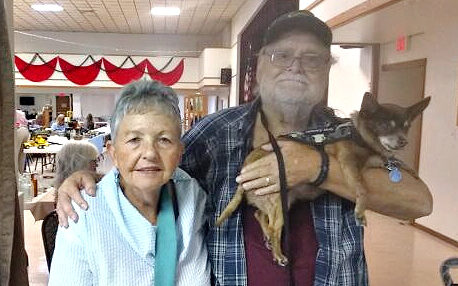
We have no idea whether or not Ovid (43 BC- about 17 AD), the Roman poet, even wrote the poem Nux, which takes the viewpoint of a walnut tree. We are relatively certain, however, that the poem does mention playing marbles from mother nature such as walnuts; in fact, the boys played several games with the fruit. We have no idea what kind of marble games the early Roman children played with walnuts, but in Chapter 1 of our book, The Secret Life of Marbles, we explain that Shakespeare wrote about Elizabethan and Jacobean children playing a pit or “holey” marble game using cherry stones!
Oh Nuts!
It is not surprising that Roman children played marbles with walnuts: it is recorded that they favored both pebbles and nuts. In Chapter 1 we also note that Jewish children are given filbert nuts (Hazelnuts or cobnuts) which they play like marbles.
Ever heard of a candlenut? Well, they are akin to the Macadamia except that they are slightly toxic if eaten raw. Candlenuts have a hard, yellowish, waxy shell. Yes, people have made candles with them. And children do use them as marbles, again in a type of pit or holey game!
Online we visited a Geocaching site written by ChristmasGuy. He writes that “in Uganda, a popular marbles game is called dool. It requires a small pit dug in the ground for two or more players, each with his own marble. To improvise, Ugandans also use the seeds of a candlenut tree, locally referred to as Kabakanjagala ….”
Historically, Indigenous peoples in Australia have played both traditional and introduced marble games. For example, we learned that Gugada boys who lived near Tarcoola in the Far North of South Australia, used wooden marbles. Tarcoola, which means river bend, is an old gold mining town, and we are not sure anyone lives there permanently any more. At any rate the Gugada boys played a type ringer game. The marbles placed in the ring were called kooka (meat) and the shooting marble was called kodji (spear).
And Fruit?
In Chapter 1 of The Secret Life of Marbles we mention our 2007 exchange of American marbles for the Australian quandong kernels. Quandong is the fruit of a wild drought-tolerant bush native to Australia. We have read that the fruit is sweet, but we know that the blue marble quandong is very bitter. It only be eaten when it is just a bit overripe. We imagine that the blue quandong fruit is a bit like the persimmon we used to pick and eat in Georgia. Folk wisdom held that you had to wait until the fruit had had one hard frost before it was tasty. And, finaly, there is a bitter quandong.
Today people eat the quandong fruit and made all kinds of jellies and jams from it. Over time, both the tree and fruit have been critical to the Australian aboriginals, or the first Australians. The dried seeds of the quandong have been used to play marbles as well as other games (one similar to checkers) since well into prehistory. The dried fruit in the photograph above have been colored with local, colorful ochre (or ocher). These should make great ringer or holey marbles!
We have over 60,000 marbles in our collection now. We focus on the mid-20th century American glass marbles as well as their clay and stone predecessors. But, as you can see, marbles are much more than stone, clay, or glass. In fact some of our most fascinating finds, trades, or barter have been for very non-traditional marbles. With a little research, you will find that marbles do have a fascinating secret life grounded in literature, anthropology, and geography!
Want to read more marble stories? Buy our book.

